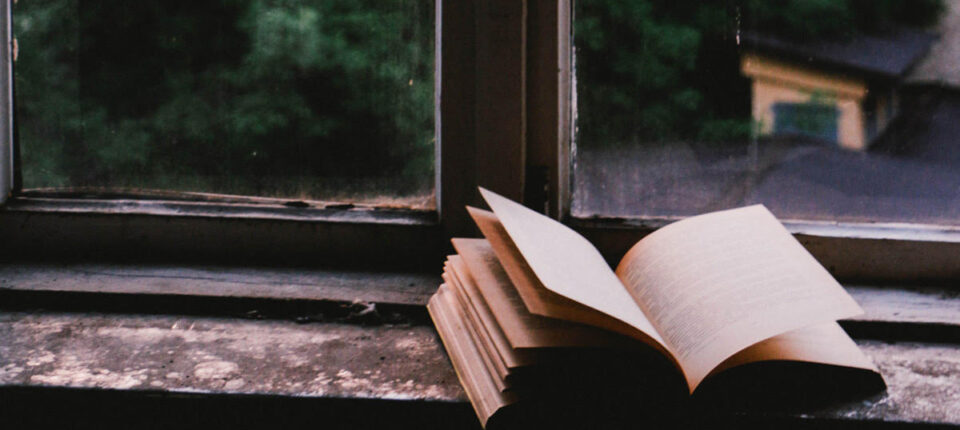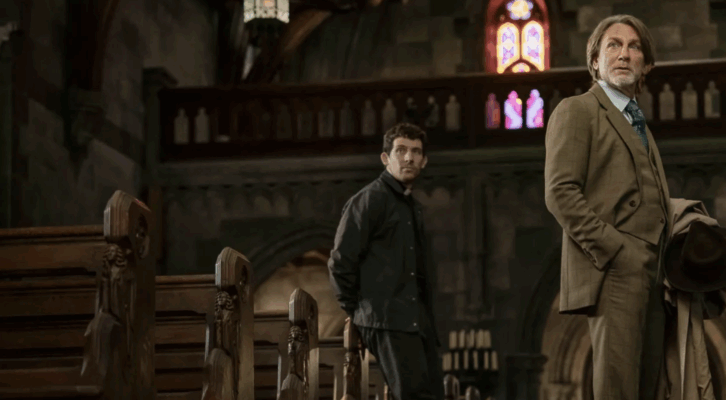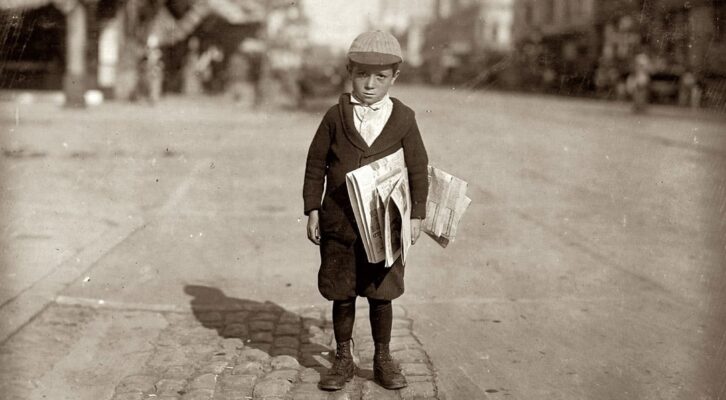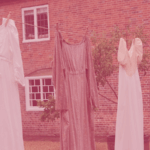It’s hard to imagine an author whose legacy outstrips Edgar Allan Poe’s, widely credited as a progenitor for mystery, detective fiction, tales of suspense, weird fiction, gothic fiction, and of course horror. His influence is felt today all over the literary world, a statement that has been more or less true for most of the last two centuries. Poe inspired not only writers but artists of all kinds. His tales of the strange and mysterious tap into deep veins of the imagination and subconscious. It’s no surprise, then, that so many great artists have tried their hands at illuminating and illustrating Poe’s works. From the groundbreaking French painter Edouard Manet to the legendary book illustrator and stained-glass artist Harry Clarke, artists have discovered a profound muse in the works of Poe and tried their hand at channeling the master’s work into the visual arts.
The results are chilling—a waking nightmare, a barren soul. Since it’s the season for basking in all things dreadful, we decided to round up twenty-five of the greatest illustrations ever made for Poe’s work. Some are more terrifying, others more beautiful, but all fall somewhere on the spectrum of terrifyingly beautiful, and we can’t stop looking at them, just as we can’t stop reading the works of the great Edgar Allan Poe.
Here, ranked (very scientifically) in descending order of “terrifying beauty” are the great artistic visions of Edgar Allan Poe.
25. Harry Clarke, “Morella,” Tales of Mystery and Imagination (1919)
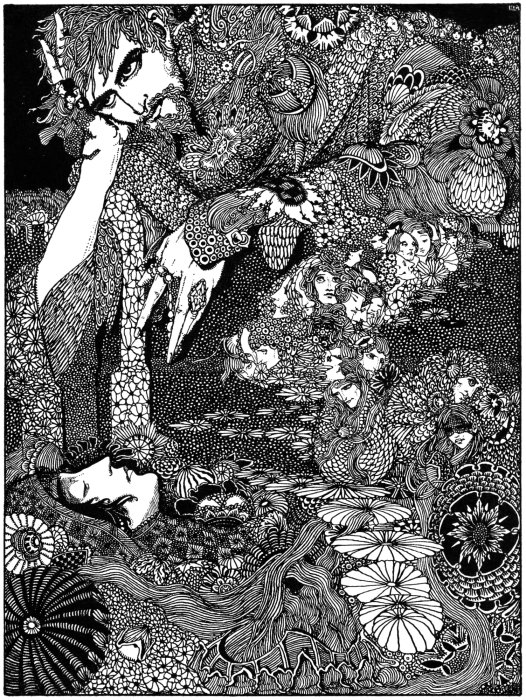 “The Earth grew dark, and its figures passed by me, like flitting shadows, and among them all I beheld only—Morella” (Morella)
“The Earth grew dark, and its figures passed by me, like flitting shadows, and among them all I beheld only—Morella” (Morella)
24. Gustave Doré, “The Raven” (1883)
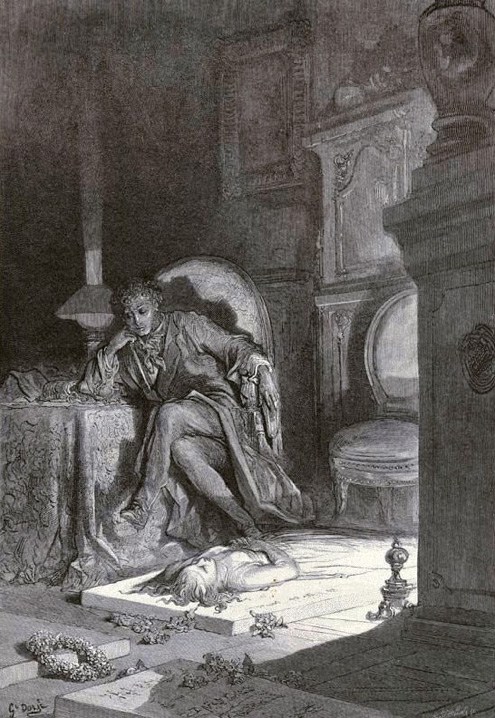 But the Raven still beguiling all my sad soul into smiling,
But the Raven still beguiling all my sad soul into smiling,Straight I wheeled a cushioned seat in front of bird and bust and door;
23. .Edouard Manet, “The Raven / Le Corbeau,” (1875)
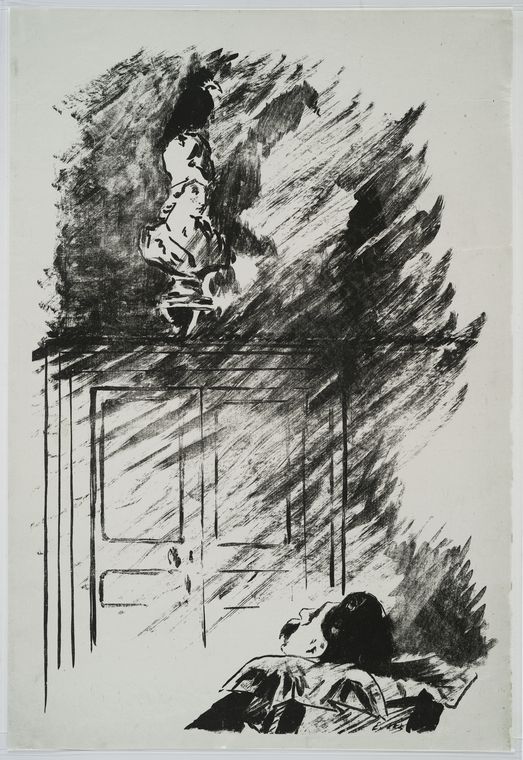
22. Arthur Rackham, “Ligeia,” Tales of Mystery and Imagination (1935)

21. Harry Clarke, “The Fall of the House of Usher,” Tales of Mystery and Imagination (1919)
 But then without those doors there did stand the lofty and enshrouded figure of the Lady Madeline of Usher (The Fall of the House of Usher)
But then without those doors there did stand the lofty and enshrouded figure of the Lady Madeline of Usher (The Fall of the House of Usher)
20. Gustave Doré, “The Raven” (1883)
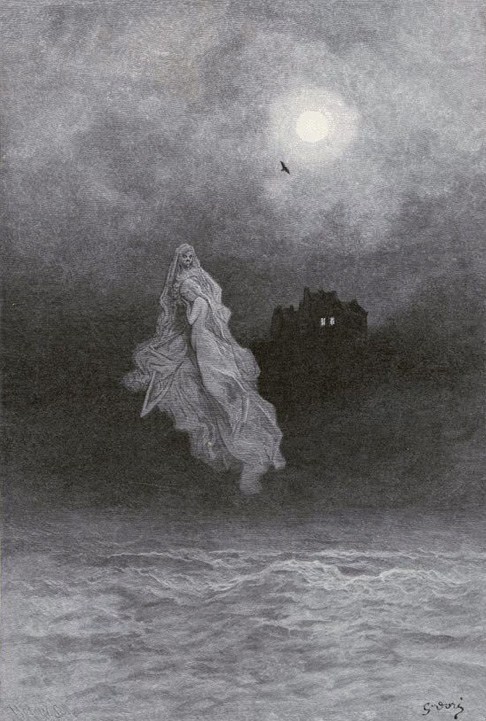 “Get thee back into the tempest and the Night’s Plutonian shore!
“Get thee back into the tempest and the Night’s Plutonian shore!
19. Gustave Doré, “The Raven” (1883)
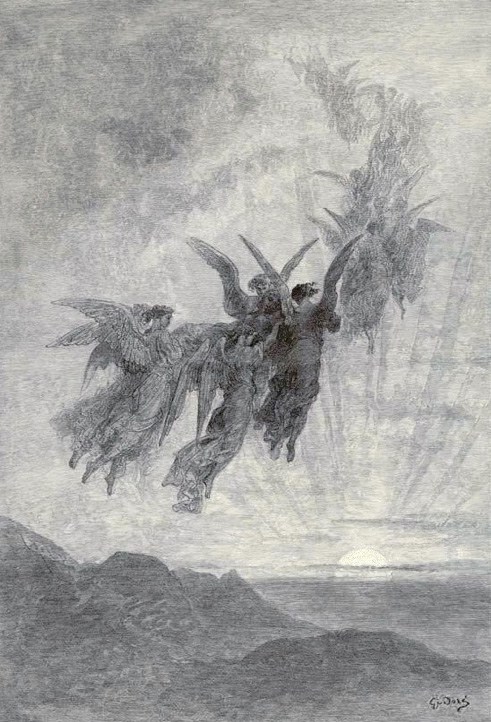 For the rare and radiant maiden whom the angels name Lenore—
For the rare and radiant maiden whom the angels name Lenore—Nameless here for evermore.
18. Harry Clarke, “William Wilson,” Tales of Mystery and Imagination (1919)
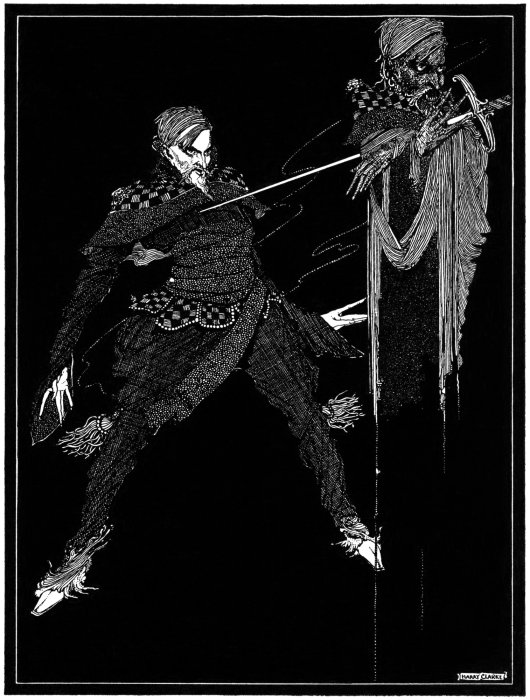 “In my death, see by this image, which is thine own, how utterly thou has murdered thyself” (William Wilson)
“In my death, see by this image, which is thine own, how utterly thou has murdered thyself” (William Wilson)
17. Aubrey Beardsley, “The Masque of the Red Death,” Tales of Mystery and Imagination (1894)

16. Arthur Rackham, Tales of Mystery and Imagination (1935) (cover and frontis)


15. Gustave Doré, “The Raven” (1883)
 From my books surcease of sorrow—sorrow for the lost Lenore—
From my books surcease of sorrow—sorrow for the lost Lenore—
14. Arthur Rackham, “The Oval Portrait,” Tales of Mystery and Imagination (1935)

13. Harry Clarke, “The Mystery of Marie Rogêt” Tales of Mystery and Imagination (1919)
 In his toilsome journey to the water his fears redouble within him (The Mystery of Marie Rogêt)
In his toilsome journey to the water his fears redouble within him (The Mystery of Marie Rogêt)
12. Aubrey Beardsley, “The Black Cat,” Tales of Mystery and Imagination (1894)

11. Edouard Manet, “The Raven / Le Corbeau,” (1875) (book cover)

10. Gustave Doré, “The Raven” (1883)
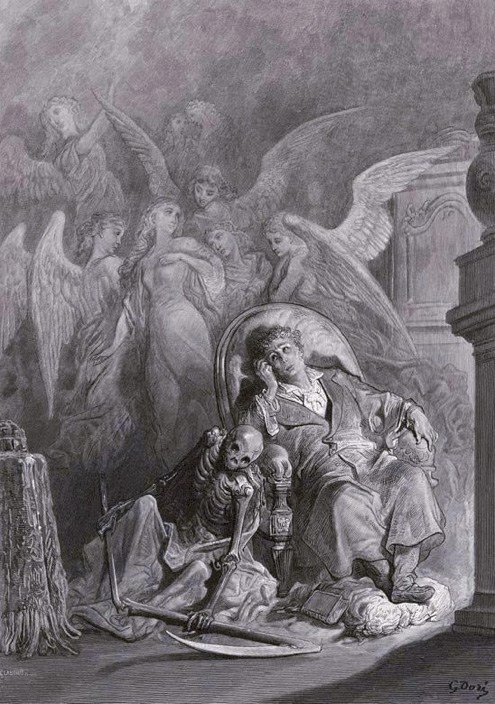 Eagerly I wished the morrow:—vainly I had sought to borrow
Eagerly I wished the morrow:—vainly I had sought to borrow
9. Arthur Rackham, “The Tell-Tale Heart,” Tales of Mystery and Imagination (1935)
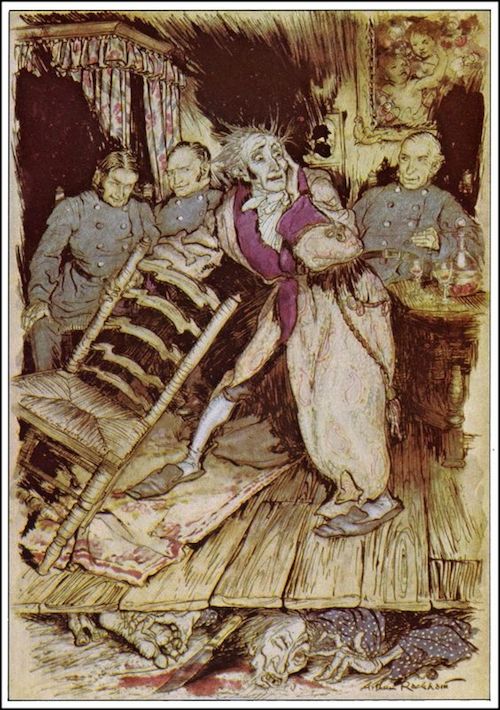
8. Harry Clarke, “The Pit and the Pendulum,” Tales of Mystery and Imagination (1919)
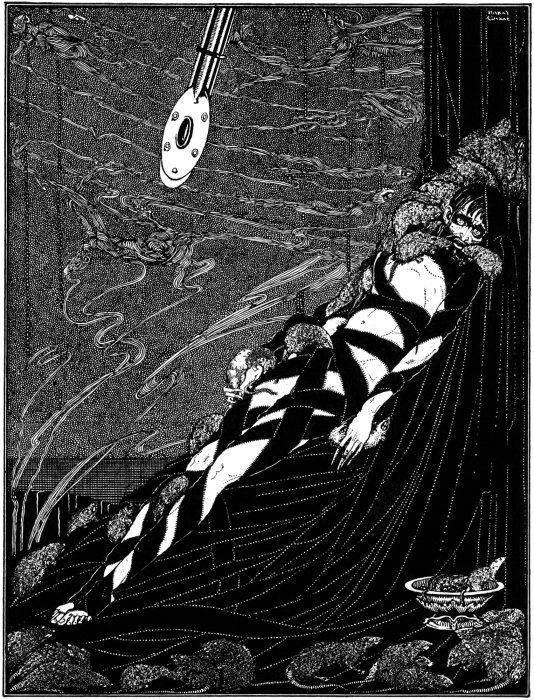 “They swarmed upon me in ever-accumulating heaps” (The Pit and the Pendulum)
“They swarmed upon me in ever-accumulating heaps” (The Pit and the Pendulum)
7. Harry Clarke, “The Premature Burial,” Tales of Mystery and Imagination (1919)
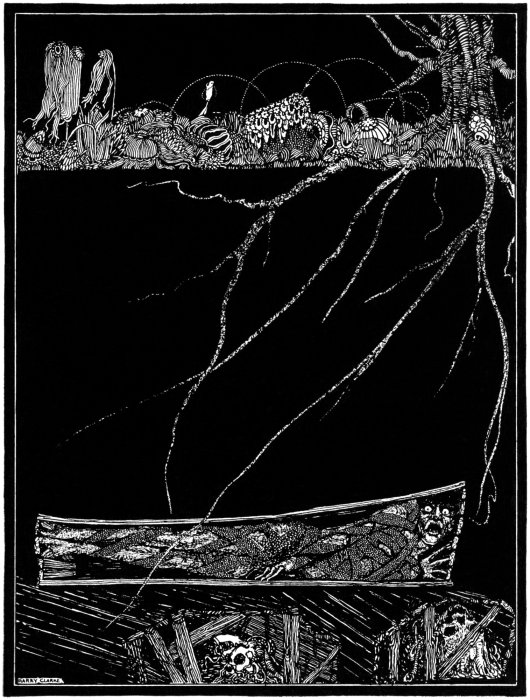 Deep, deep, and for ever, into some ordinary and nameless grave (The Premature Burial)
Deep, deep, and for ever, into some ordinary and nameless grave (The Premature Burial)
6. Harry Clarke, “Bon-Bon,” Tales of Mystery and Imagination (1923)
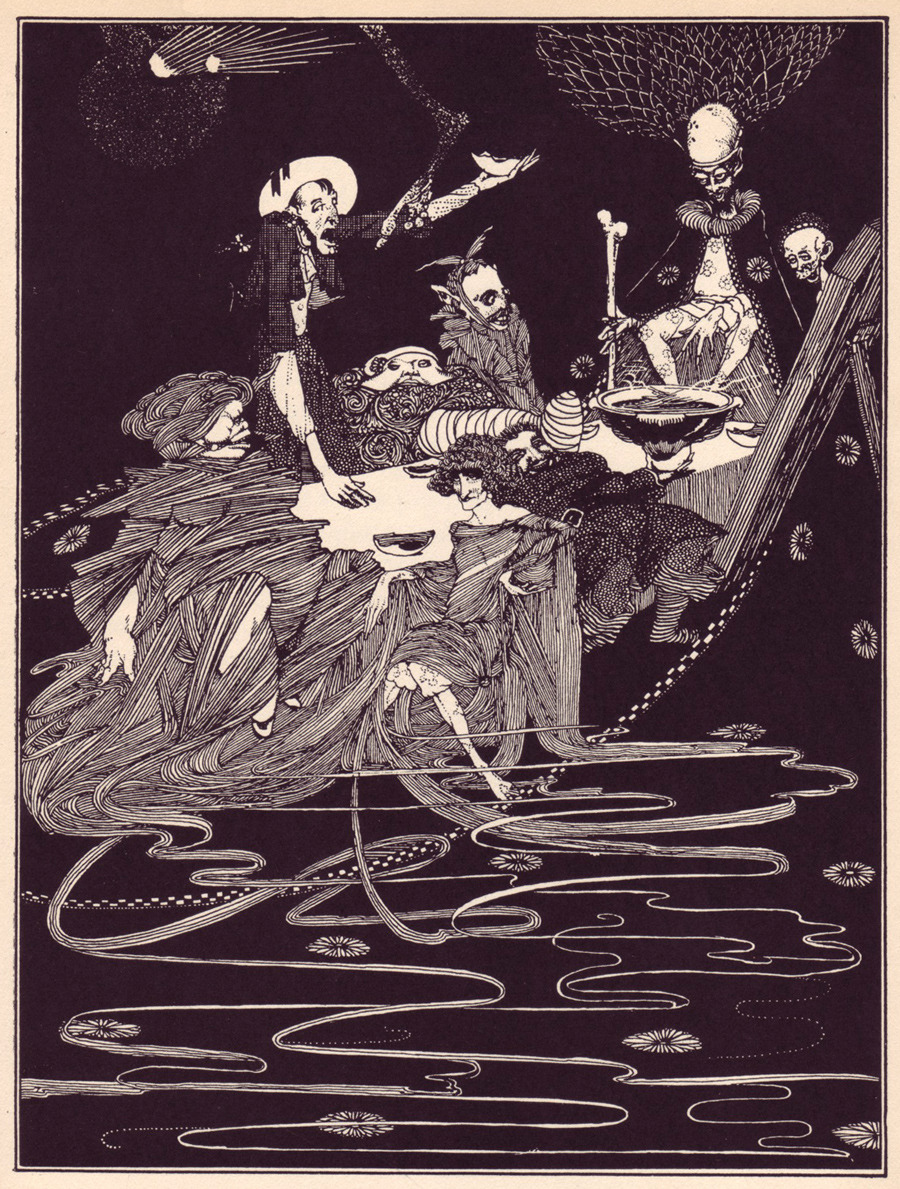
5. Harry Clarke, “Silence,” Tales of Mystery and Imagination (1919)
 But there was no voice throughout the vast, illimitable desert (Silence)
But there was no voice throughout the vast, illimitable desert (Silence)
4. Arthur Rackham, “The Fall of the House of Usher,” Tales of Mystery and Imagination (1935)
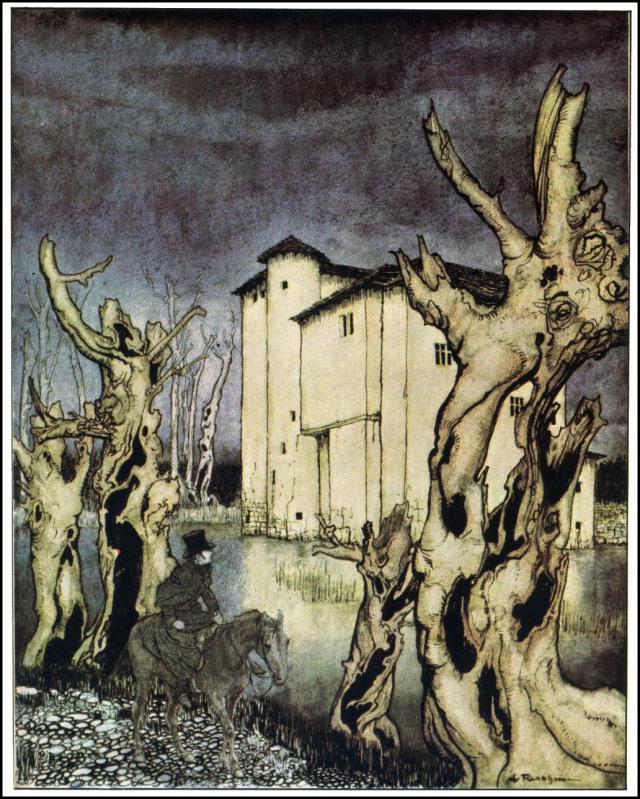
3. Aubrey Beardsley, “The Murders in the Rue Morgue,” Tales of Mystery and Imagination (1894)

2. Gustave Doré, “The Raven” (1883)
 Then, methought, the air grew denser, perfumed from an unseen censer
Then, methought, the air grew denser, perfumed from an unseen censer
1. Harry Clarke, “Berenice,” Tales of Mystery and Imagination (1923)
 “It was a fearful page in the record of my existence” (Berenice)
“It was a fearful page in the record of my existence” (Berenice)

